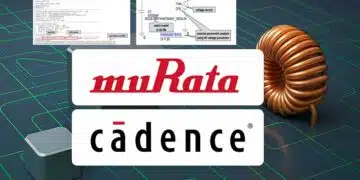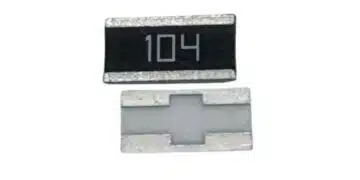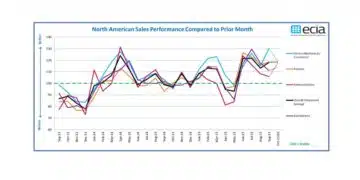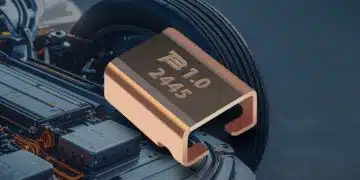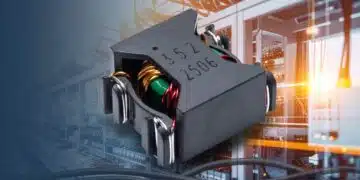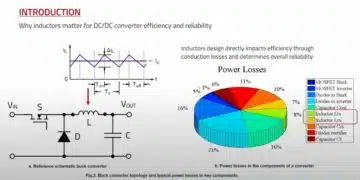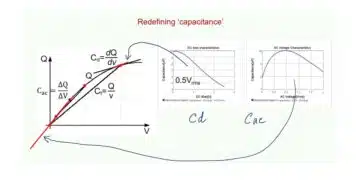Lorandt explains what the saturation current of a power inductor is, and also how the saturation current is measured at Würth Elektronik eiSos.
For this he uses a magnetics analyzer to measure the inductance value at several DC currents, and creates the saturation current chart out of them.
Understanding Saturation Current in Inductance Measurement
Inductance is a fundamental property in electronic components, and understanding its behavior under various conditions is crucial for designing efficient power supply converters. One key aspect of inductance is the saturation current, which is defined as the point where the inductance experiences a 10% drop from its initial value. This video delves into the measurement of saturation current using a Wein Bridge LCR instrument and discusses its implications for DC-DC power supply converters.
Measurement Setup
The measurement of saturation current involves using a Wein Bridge LCR instrument, which is equipped with a DC Biasing Load. This setup includes legs for connection and is configured to operate at a signal frequency of 1 kHz with an AC level of 250 mV. The measurement process involves sweeping the current from 0 to a maximum of 800 mA. As the measurement begins, the instrument records the inductance against the DC Biasing Load, taking a reading every half second. Once the sweep is complete, a graph is generated to visualize the relationship between inductance and DC Biasing Load.
Graph Analysis
The resulting graph illustrates the behavior of inductance with respect to current. Up to 300 mA, the inductance remains relatively constant, indicating linear operation, which is ideal for DC-DC power supply converters. However, beyond this point, the inductance begins to drop, highlighting the importance of designing converters with a saturation current higher than the maximum ripple current. This ensures that the converter can effectively manage and store energy, preventing inefficiencies.
Conclusion
The measurement was conducted under ambient room temperature conditions, focusing solely on the saturation current, which differs from the rated current. The rated current is temperature-dependent, and further insights can be gained from a dedicated video on this topic. Understanding these nuances is essential for engineers and designers aiming to optimize the performance of power supply converters. For more detailed information, please refer to the accompanying video and stay tuned for future content.




